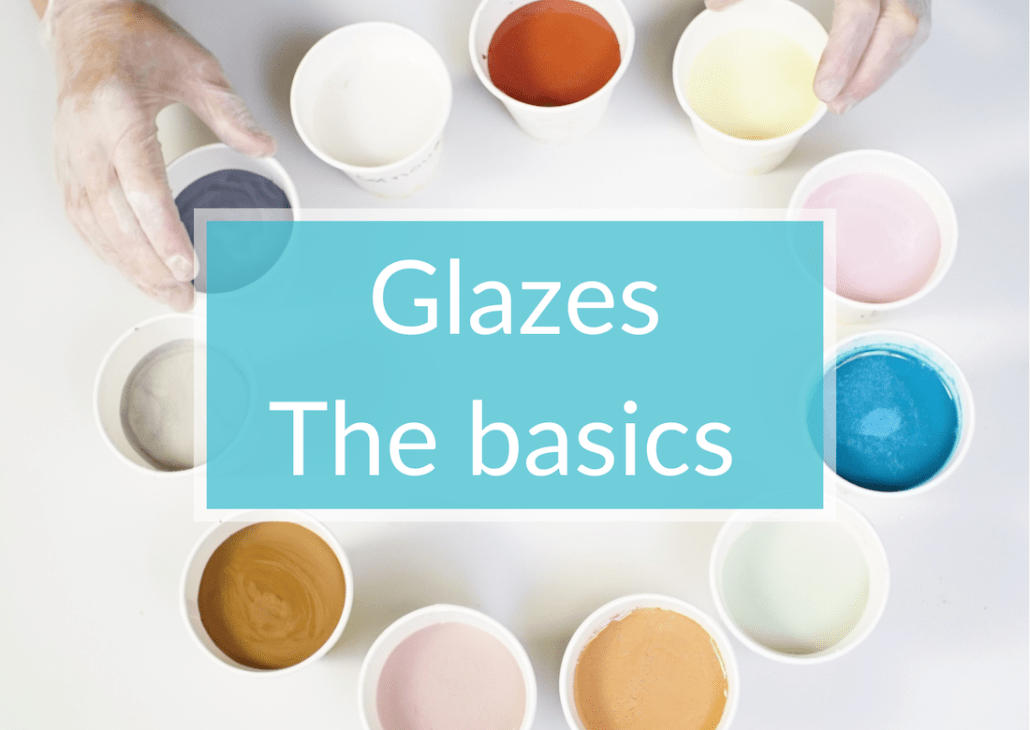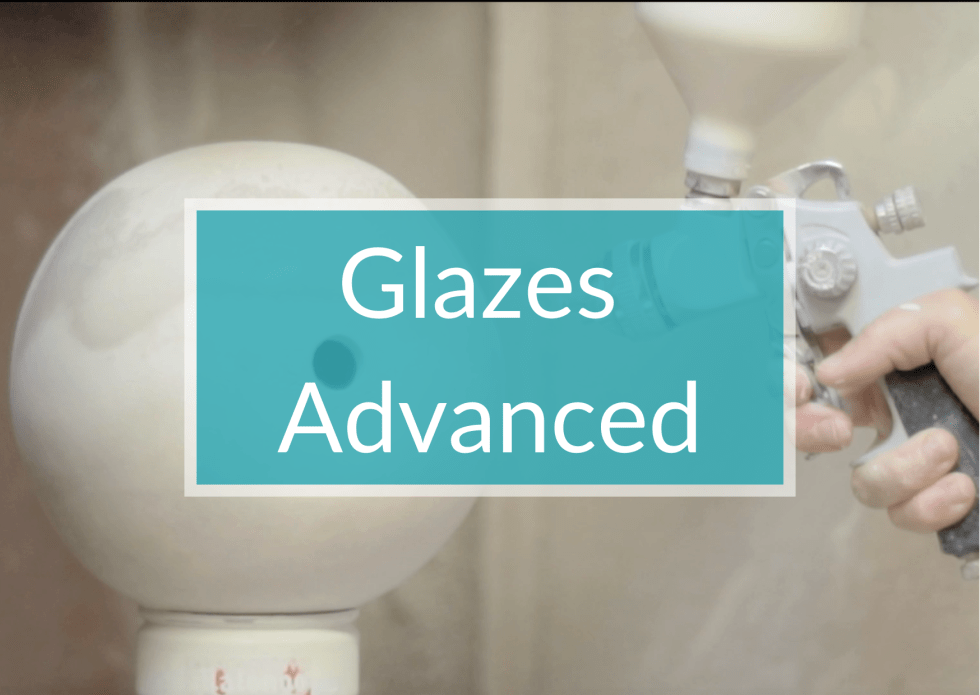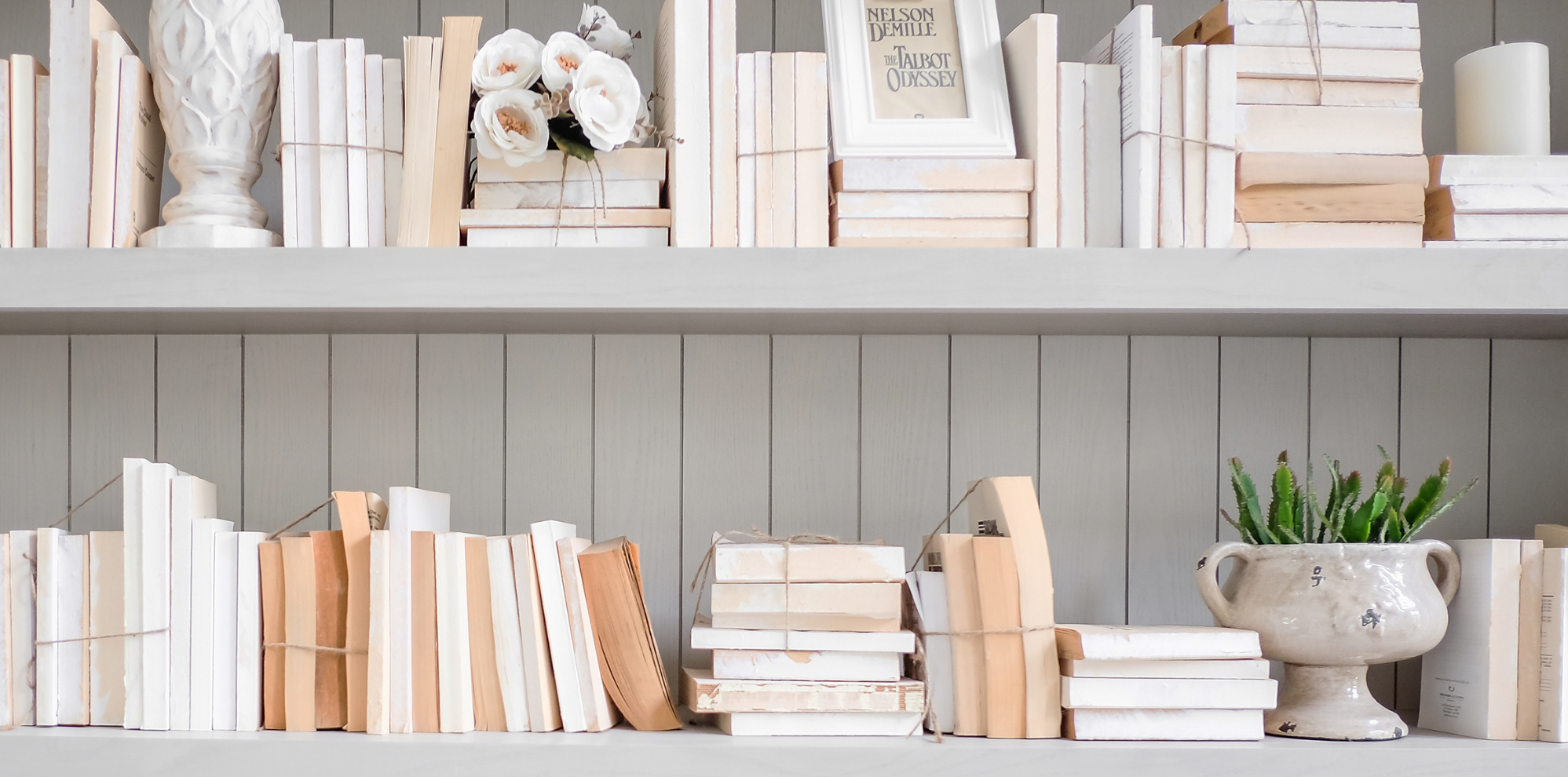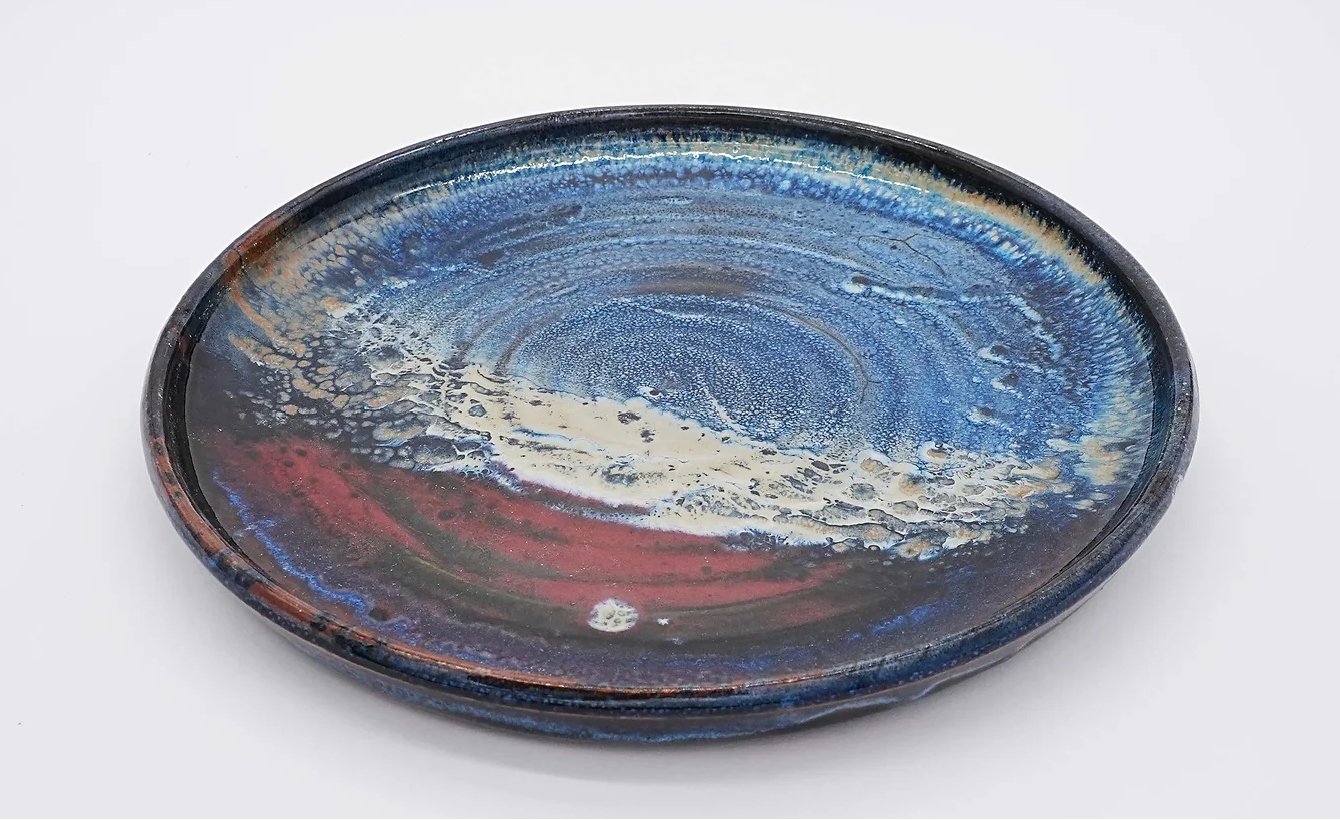How do I dispose of or recycle pottery glaze?
Before you take our online pottery glazing course, there are a few things you should know: Although glazes are made from natural elements, these elements are highly concentrated, which can make them toxic and/or harmful to the environment. That means the waste you produce when glazing your ceramics should not be thrown away with your household garbage or flushed down the sink. Instead, you can recycle it, neutralize it or take it to a hazardous waste disposal site. Here are a few tips.
1- Collect water containing glaze powder
You produce glaze waste especially when you:
- – Dip glaze, because you need a large quantity of glaze to be able to dip a ceramic piece in it
- – Glaze with a spray gun, because the spray is often lost in the water curtain of the glaze booth
The water containing the excess glaze cannot be disposed of with the wastewater. Instead, it should be collected in a sedimentation tank placed under the spray booth. Similarly, all tools used to prepare and apply the glaze should be soaked in a sedimentation tank, not rinsed in the sink!
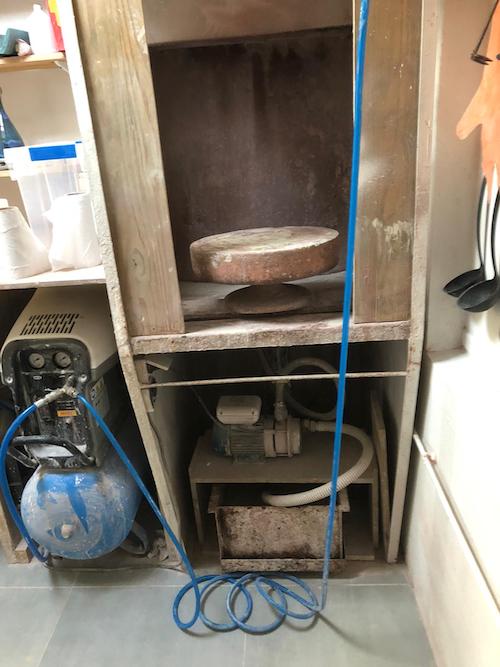

2- Separate water from glazing waste
Once the glaze has settled to the bottom of the sedimentation tank, you can remove the surface water, which leaves you with a glaze sludge. You can then either wait for the water to evaporate or pour the sludge into a rubble bag and hang it up to allow the remaining water to drain gradually. Thanks to the plastic fiber weave, the water can drain away without carrying glaze waste and can be disposed of down the drain.
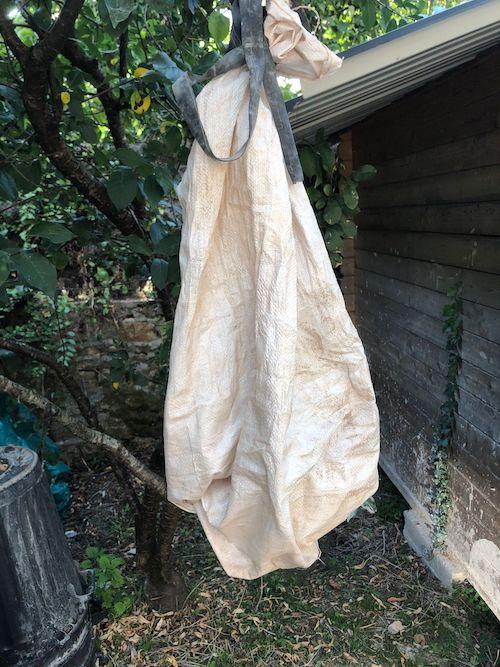

3- Reuse or discard the reclaimed glaze powder
Glaze powder can be toxic, which is why it should be deposited in the hazardous waste bin, like petrol, oil, paint, etc. On the other hand, fired glaze is no longer toxic. You can therefore fire your waste glaze powder in a bowl of clay to form a solid block, which you can then dispose of with the rest of the rubbish.
Recycle your excess powder into slop glaze
Some pottery studios collect their excess glaze powder, mix it up and test this “mystery” glaze or slop glaze (it’s a mystery because the proportions of each ingredient are not known, and you never know how it’s going to look).
Don’t expect too much of it, though; it is rarely pretty, but it can be used as liner glaze inside your ceramic pieces to make them more durable and washable. But be careful not to use it for food ceramics: it’s important to know the recipe of a food glaze to avoid any risk of poisoning when using the dishes.
Turn glaze slabs into Japanese garden stepping stones

Some pottery studios that generate large quantities of glaze powder waste transform it into useful objects, such as Japanese stepping stones to replace concrete slabs in gardens.
To make a glaze slab, start by making a casting slip of a plate with a 2 cm (3/4-inch) rim. Fill it with glaze waste powder and fire it in a kiln hot enough for the glaze to melt.
A perfect fusion is not necessary, so the temperature can be 100°C (212°F) lower than the optimal firing temperature. This is enough for the glaze to harden and become stable and acid- and water-resistant.
As it cools, the thickening glaze will break the plate that supported it during firing. The clay will come off the glaze more or less easily. The more the glaze has melted, the more it will stick to the clay support, and it will be difficult to separate one from the other.
=> You can optionally add between the glaze powder and the plate a layer of pure alumina mixed with water (like the slip used on kiln shelves) to prevent the glaze from adhering to the clay.
But for stepping stones, it’s not a problem if there’s a bit of bisque clay stuck underneath: this will be the part buried in the ground!

Resource centre
animated by Matthieu Liévois,
potter-ceramist for over 40 years and founder of the Creamik School
Find all the courses
Keywords
Don’t miss any more news from the Créamik school!


